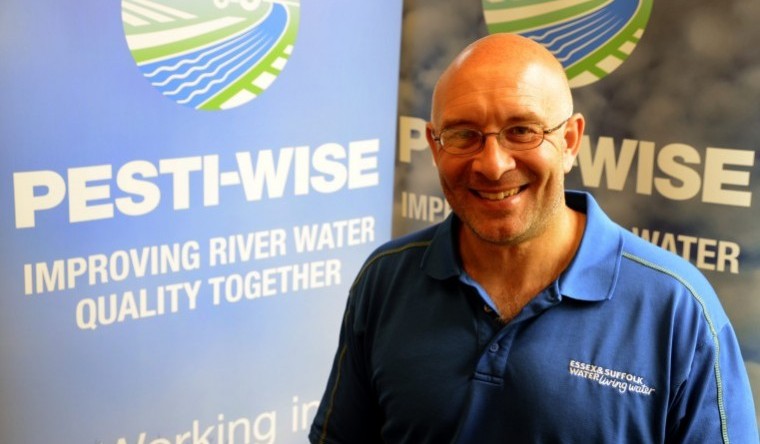There are eight rules of which five are about managing fertilisers and manures, and three about managing soils, says Farmacy agronomist Jim Woodward, who also sits on the River Stour Advisory Board.
“The fertiliser rules require farmers to test their soils at least once every five years, then plan and apply their fertiliser or manure to improve soil nutrient levels and meet crop needs. They include details of minimum storage and spreading distances from water and require the farmer to assess the weather and soil conditions to reduce the risk of runoff and soil erosion.”
“The three soil rules require farmers to manage livestock by protecting land within five metres of water and reducing livestock poaching.”
Mr Woodward believes that the new rules will not mean many fundamental changes for most farmers – but they are a wake-up call to ensure they can demonstrate that they are not exceeding their N-max and justify their practices, he says.
“The new rules just formalise the whole process -making a plan and recording what has been done and why – and to this end many farmers will be looking at some form of decision recording.”
With 14,000 free range hens, nitrate management is nothing new for Robert Webb of Leys Farm, Sudbury in Suffolk. “We grow winter and spring crops and have several water sources on the farm, so we have always been sensitive to how and when we apply our manure with regards to water quality and the new rules will not change our well-established practices.”
However, with the requirement for a decision recording system we have started to use the Omnia system on the advice of our agronomist Jim Woodward.
“Mapping our fields and entering water sources such as the pond and borehole, we have been able to generate accurate risk maps with the back-up justifications based on our bird numbers and manure volumes.”
“Omnia is an easy way for us to access records when we need them. We will enter all of our soil sampling results as a map layer. Jim and I have discussed also generating a soil type layer on top of this, which will give us a better insight to what we are working with and justifications for our decisions.”
“In this way its possible to accurately calculate how much inorganic fertilser is needed for optimum crop production – and only using it where needed will bring some cost savings.”
{in-brief}
Farmers and landowners have a key role to play in water quality protection and in doing so are helping us supply our customers with clean, clear water that tastes great!
Pictured: Stephen Derbyshire




